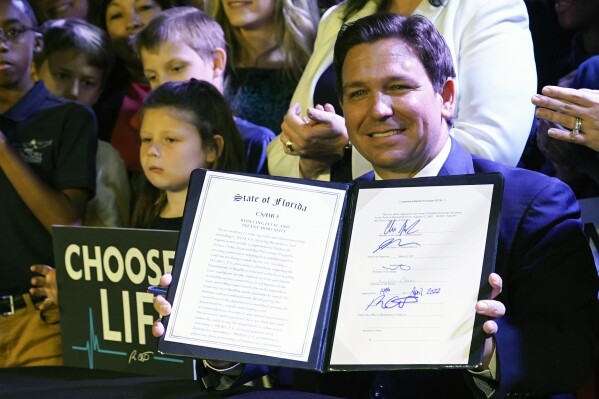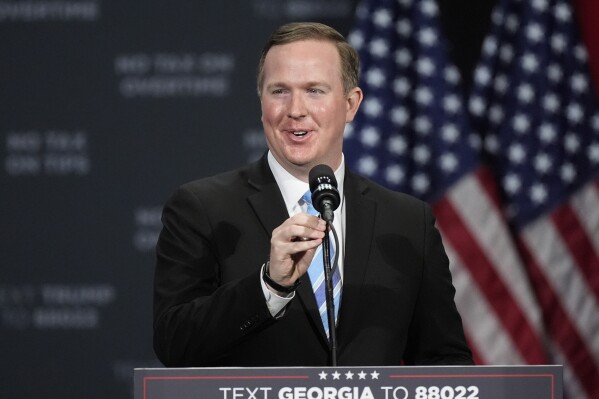ALBUQUERQUE, N.M. (AP) — A settlement reached by the U.S. government and a Native American tribe in New Mexico signals the end to what has been a yearslong legal fight over claims to the Valles Caldera National Preserve.
Government attorneys in a court filing made late Friday asked a federal appeals court to close out the litigation with Jemez Pueblo in light of a settlement being reached after more than a year of negotiation. The case began in 2012 when the pueblo asserted its claims to all of the preserve, which spans nearly 140 square miles (363 square kilometers).
The agreement signed by U.S. Interior Secretary Deb Haaland in part recognizes the pueblo’s rights to occupy and use a nearly 5-square-mile (13-square-kilometer) area for traditional cultural and religious purposes. It follows a 2023 ruling by the court that acknowledged the pueblo’s title to what is known as the Banco Bonito area.
Haaland, a member of New Mexico’s Laguna Pueblo and the country’s first Native American Cabinet secretary, said in a statement issued Friday that the nation’s lands have been central to the cultural and spiritual practices of Indigenous people for generations.
“It is essential that wherever we can, we allow the original stewards of these lands to live and worship in these places,” she said, adding that the federal government has been working with tribes to find more opportunities for co-stewardship of public lands that include ancestral homelands.
Jemez Pueblo had argued that its aboriginal property rights — or rights to occupy and use land as the pueblo’s ancestors did — were never extinguished despite a lower court ruling in 2019 that found the U.S. government had clear title to the preserve. Following an appeal and a subsequent trial, the pueblo opted to narrow its claims to four specific areas within Valles Caldera’s boundaries.
The 2023 ruling by the 10th U.S. Circuit Court of Appeals acknowledged the pueblo’s title to Banco Bonito but rejected claims to the other areas.
Legal experts said at the time that the partial victory marked the first time in the U.S. that a tribe had demanded the return of an aboriginal title that had not been extinguished and was successful after going to court to recover it.
Jemez Pueblo considers Valles Caldera a spiritual sanctuary and part of its traditional homeland. It’s home to vast grasslands, the remnants of a massive volcanic eruption and one of New Mexico’s most famous elk herds.
Under the settlement signed by Haaland and the pueblo, the National Park Service will continue to manage Banco Bonito as part of the preserve while also recognizing Jemez Pueblo’s rights to use the area. The Interior Department said other tribes and the public will continue to have access to the area for activities consistent with laws that govern management of the preserve.
The court record states that for over 800 years, many tribes and pueblos have used Valles Caldera for hunting, gathering and various cultural and religious practices. Redondo Peak, the highest mountain in the caldera, is a site long used as part of religious pilgrimages and is home to several shrines.
While tribal officials have described Valles Caldera as a spiritual mother, many of the court filings have been redacted, seeking to keep secret details about traditions and culturally significant locations.
Disclaimer: The copyright of this article belongs to the original author. Reposting this article is solely for the purpose of information dissemination and does not constitute any investment advice. If there is any infringement, please contact us immediately. We will make corrections or deletions as necessary. Thank you.



